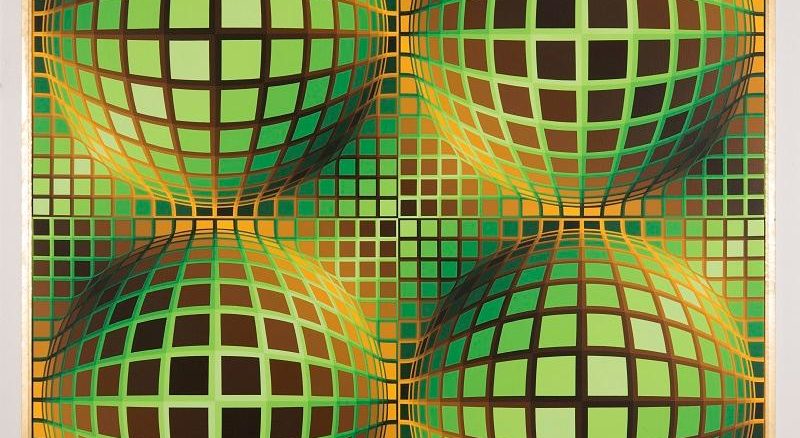
Kinetic art is one of the major artistic trends, which browses all throughout the XXth Century and still demonstrates itself vigorously today. Its development occurred in the 1950s in France, mainly through the works of painters from various horizons, but all claiming their attachment to Abstraction and concerned with the questions of forms and perceptions.
The first, Victor Vasarely, a Frenchman originally from Hungary, played a key role with his research work about structures, modules, contrasts and the visual kinetic effects resulting therefrom. Then came Luís Tomasello from Argentina and Jesús Rafael Soto and Carlos Cruz-Diez from Venezuela. While settled in Paris at the time, they all placed themselves in the wake of Piet Mondrian and Geometry, with a view to control the visual language.
Tomasello favors the relief, organizes regular structures made of modules, and looks for the variation of the light brought in by the orientation of the facets of its elements and the modulation of its color, solely perceptible by their reflection on the surface of the work.
Wanting to translate the instability of representation, Soto, on his part, is using structures with two plans stacked in space, one transparent made of Plexiglas, the plans causing effects of virtual vibrations.
Cruz-Diez, as for him, is interested in the diffusion of the color and its visual transformation with relief works made of thin vertical colored slats that allow color to move and vibrate in the spectator’s eye.

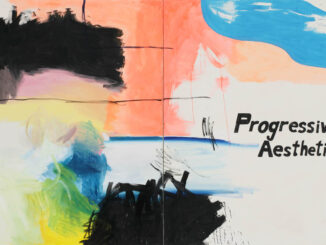
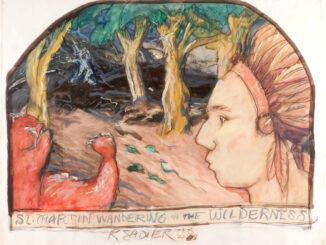
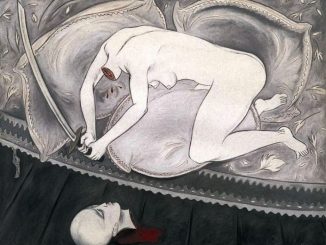
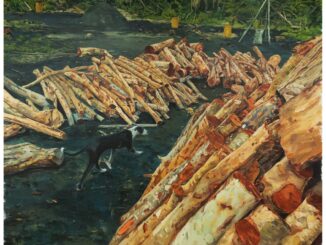
Be the first to comment